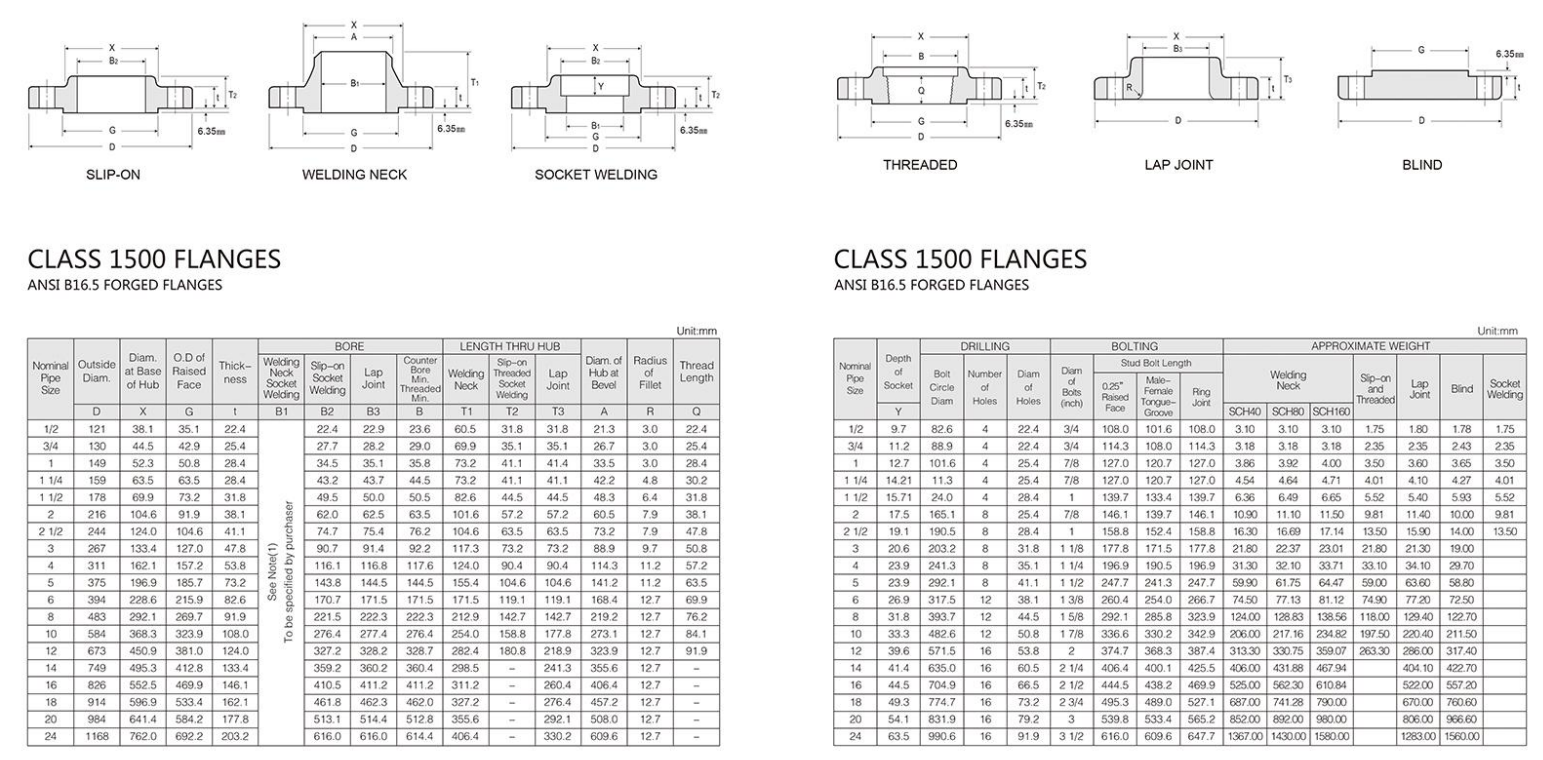-
Cangzhou Yulong Steel Co., Ltd.
-
Phone:
+86 13303177267 -
Email:
admin@ylsteelfittings.com
- English
- Arabic
- Italian
- Spanish
- Portuguese
- German
- kazakh
- Persian
- Greek
- French
- Russian
- Polish
- Thai
- Indonesian
- Vietnamese
- Zulu
- Korean
- Uzbek
- Hindi
- Serbian
- Malay
- Ukrainian
- Gujarati
- Haitian Creole
- hausa
- hawaiian
- Hebrew
- Miao
- Hungarian
- Icelandic
- igbo
- irish
- Japanese
- Javanese
- Kannada
- Khmer
- Rwandese
- Afrikaans
- Albanian
- Amharic
- Armenian
- Azerbaijani
- Basque
- Belarusian
- Bengali
- Bosnian
- Bulgarian
- Catalan
- Cebuano
- China
- China (Taiwan)
- Corsican
- Croatian
- Czech
- Danish
- Esperanto
- Estonian
- Finnish
- Frisian
- Galician
- Georgian
- Kurdish
- Kyrgyz
- Lao
- Latin
- Latvian
- Lithuanian
- Luxembourgish
- Macedonian
- Malgashi
- Malayalam
- Maltese
- Maori
- Marathi
- Mongolian
- Myanmar
- Nepali
- Norwegian
- Norwegian
- Occitan
- Pashto
- Dutch
- Punjabi
- Romanian
- Samoan
- Scottish Gaelic
- Sesotho
- Shona
- Sindhi
- Sinhala
- Slovak
- Slovenian
- Somali
- Sundanese
- Swahili
- Swedish
- Tagalog
- Tajik
- Tamil
- Tatar
- Telugu
- Turkish
- Turkmen
- Urdu
- Uighur
- Welsh
- Bantu
- Yiddish
- Yoruba

Dec . 01, 2024 18:58 Back to list
Connecting PN100 Flanges to ANSI Standards for Enhanced Performance and Compatibility
Understanding PN100% Flange to ANSI A Comprehensive Guide
In the realm of piping systems and fluid transport, flanges are critical components that ensure the secure connection of pipes and equipment. Among the various standards available for flanges, the PN (Pressure Nominal) system and the ANSI (American National Standards Institute) system are the most common. This article will delve into the characteristics of PN100% flanges and their equivalence to ANSI standards, providing insight into their applications, advantages, and considerations for use.
What are PN Flanges?
The term PN refers to the pressure nominal rating of flanges as per European standards, particularly those set by the European Committee for Standardization (CEN). PN flanges, such as PN100%, are categorized based on their pressure capabilities at specific temperatures. The 100 in PN100% indicates that the flange can withstand a nominal pressure of 100 bar at a reference temperature.
Characteristics of PN100% Flanges
1. Pressure Rating The PN100% flange can handle significant pressure, making it suitable for high-pressure applications in industries such as oil and gas, chemical processing, and water supply systems. 2. Material Compatibility PN flanges are available in various materials, including carbon steel, stainless steel, and alloys, catering to the specific needs of different environments and fluids.
3. Design Standards PN flanges are designed following EN standards, which ensure uniformity and reliability in performance. These standards also define dimensions, mechanical properties, and testing procedures.
4. Connection Types PN flanges typically use a flat face or a raised face connection, providing flexibility for different joint configurations based on the application requirements.
ANSI Flanges An Overview
In contrast, ANSI flanges are categorized primarily on their pressure-temperature ratings, defined in the American National Standards Institute's B16.5 and B16.47 standards. ANSI flanges are used widely in North America and are available in various classes, such as Class 150, Class 300, Class 600, and so on, with each class corresponding to different pressure ratings.
1. Pressure Ratings ANSI flanges can handle pressures ranging from low to high, depending on their class designation and temperature limits.
pn100 flange to ansi

2. Standardization ANSI standards provide detailed specifications on flange dimensions, tolerances, and sealing surfaces, ensuring compatibility between different manufacturers.
3. Versatility With a wide range of materials and design configurations, ANSI flanges can be utilized in numerous industrial applications, including power generation, water treatment, and HVAC systems.
Comparing PN100% Flanges with ANSI Flanges
When comparing PN100% flanges to their ANSI counterparts, several key differences emerge
1. Pressure Ratings A PN100 flange is rated for 100 bar, which approximately translates to 1450 psi. In ANSI terms, this pressure rating is most closely aligned with ANSI Class 150 or Class 300, depending on the fluid temperature.
2. Dimensional Standards The dimensions of PN flanges are different from ANSI flanges. For instance, the bolt patterns, diameters, and thicknesses may vary significantly. This means that a PN100 flange cannot be directly bolted to an ANSI flange without an appropriate adapter or modification.
3. Material Specification Both standards offer a range of materials, but the specific grades and types recommended for PN flanges might differ from ANSI flanges, necessitating scrutiny in material selection for compatibility.
4. Application Fields While both types of flanges are used in similar applications, specific industries tend to prefer one standard over the other based on regional practices and regulatory requirements.
Conclusion
Understanding the nuances between PN100% flanges and ANSI flanges is crucial for engineers and procurement specialists involved in piping systems. By recognizing the pressure ratings, dimensional standards, material compatibilities, and typical applications of these flanges, one can make informed decisions that optimize system performance and safety. As industries continue to evolve, the need for reliable and standardized fixtures like flanges remains paramount, reinforcing their significance in modern engineering practices. Whether opting for PN or ANSI flanges, the ultimate goal is to ensure the integrity and efficiency of fluid transport systems across diverse industries.
Latest news
-
ANSI 150P SS304 SO FLANGE
NewsFeb.14,2025
-
ASTM A333GR6 STEEL PIPE
NewsJan.20,2025
-
ANSI B16.5 WELDING NECK FLANGE
NewsJan.15,2026
-
ANSI B16.5 SLIP-ON FLANGE
NewsApr.19,2024
-
SABS 1123 FLANGE
NewsJan.15,2025
-
DIN86044 PLATE FLANGE
NewsApr.19,2024
-
DIN2527 BLIND FLANGE
NewsApr.12,2024
-
JIS B2311 Butt-Welding Fittings LR/SR 45°/90° /180°Seamless/Weld
NewsApr.23,2024











